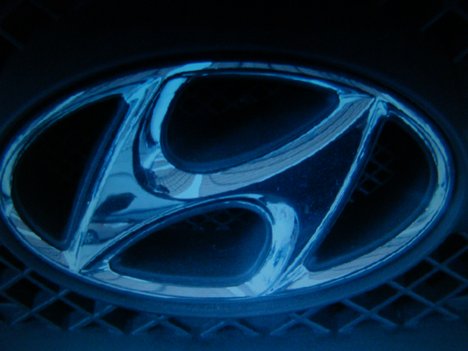If you live in North America, you likely are now very familiar with the Hyundai line of vehicles. Back in 1986, the first Hyundai was introduced to the market - an Excel - and the company's line up has changed dramatically since that time. Hyundai produces much more than cars; in fact, by the end of the last century Hyundai became one of the largest companies in the world. Let's take a look at this Korean based multinational corporation and the company behind Hyundai vehicles.
It was back in 1946, just one year removed from Imperial Japan's occupation of the Korean peninsula, that a new company was birthed in what is now known as South Korea. Hyundai Motor Industrial Company was founded by Chung Ju-yung, a child of northern Korean peasant farmers, and in 1947 Ju-yung launched a second company, Hyundai Civil Industries. Self educated, Ju-yung transformed the entire Korean economy with the tight control he exerted over his Hyundai companies.
The first Hyundai business was tasked with building automobiles while the second Hyundai company concentrated on construction. Indeed, much of modern South Korea's infrastructure was built by Hyundai in the period after the cessation of the Korean War in 1953 and on through the 1970s. Dams, an expressway, a shipbuilding yard, and a nuclear power plant were all built by Hyundai Civil Industries, while Hyundai Motors produced cars made primarily from Japanese components. Hyundai's influence stretched far beyond the Korean peninsula as the company won contracts to build an expressway in Thailand and a major port in Saudi Arabia. Clearly, Hyundai dominated the Korean market and quickly became a major player on the international scene.
By the 1970s Hyundai began to build vessels as well as shipyards and by 1986 Hyundai produced its first vehicle made entirely from Korean components. From the 1980s forward Hyundai added additional specialties including the building of semiconductors and magnetic levitation trains.
All hasn't been glossy for the company, however. Decades of labor problems culminating in new employee safety standards put in place from the 1990s on, tempered the Hyundai mystique. Indeed, up to that time the company was cited for having the worst safety standards of any corporation in the industrialized world.
Cars were another source of problems for what became known as the Hyundai Group. Although now manufacturing their own vehicles, the quality of Hyundai vehicles for the first decade was considered by automobile experts to be sub-par. Today, Hyundai vehicles and Hyundai parts are, for the most part, slightly above average in quality compared to the industry as a whole.
With Chung Ju-yung's death in 2001, Hyundai was divided up into three separate companies: Hyundai Heavy Industries, the Hyundai Motor Group, and Hyundai Engineering and Construction. Today, all three Hyundai companies continue to compete successfully in the global marketplace thanks to the vision of a peasant farmer.











No comments:
Post a Comment